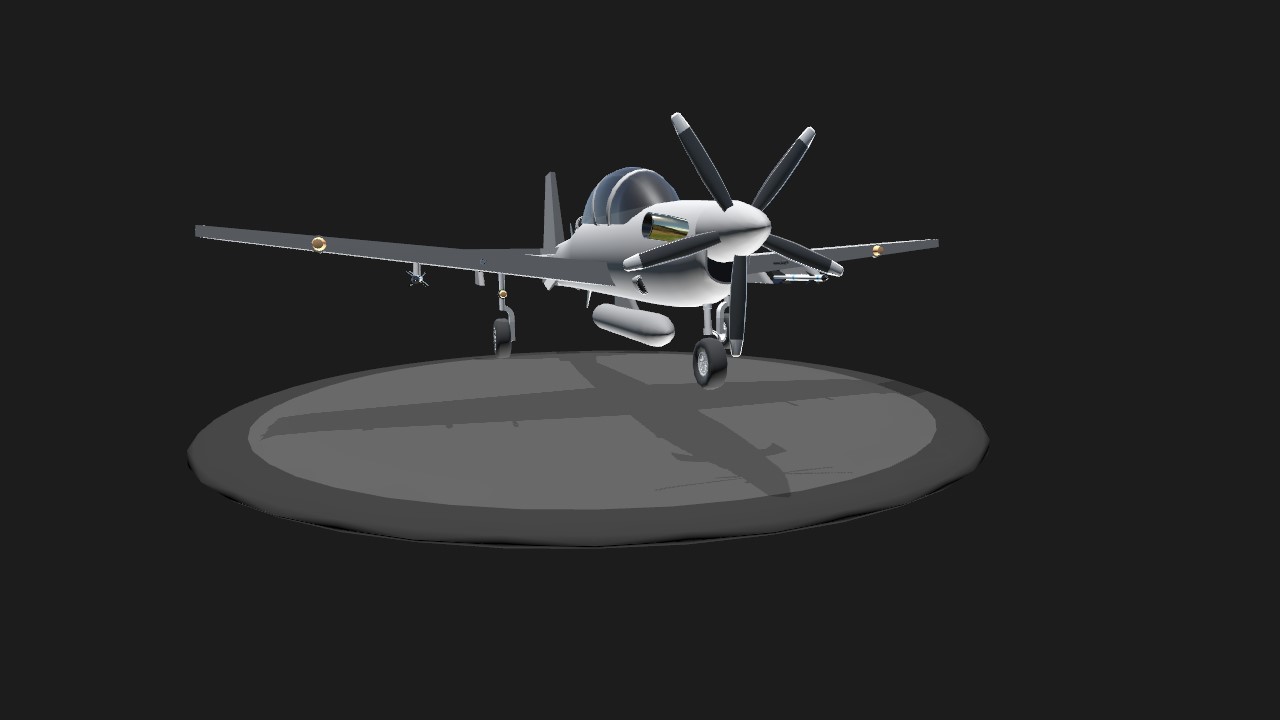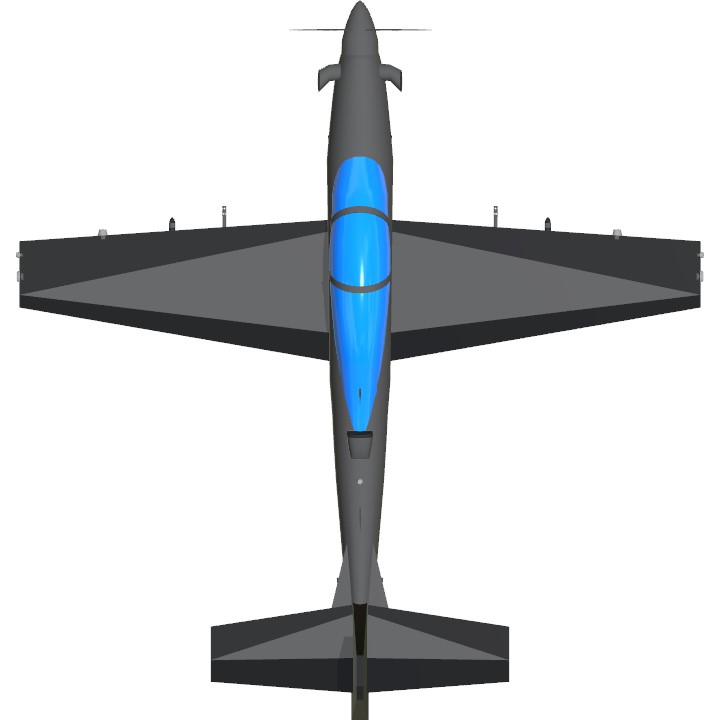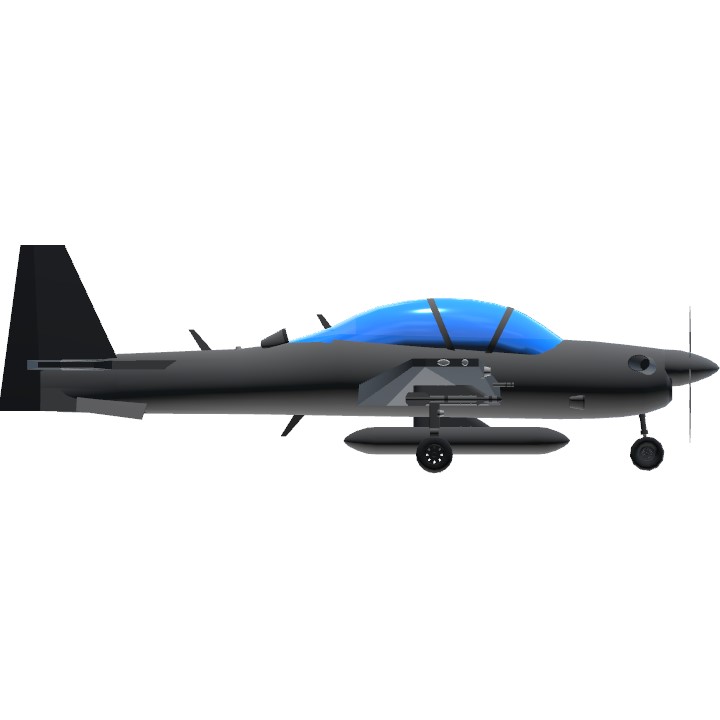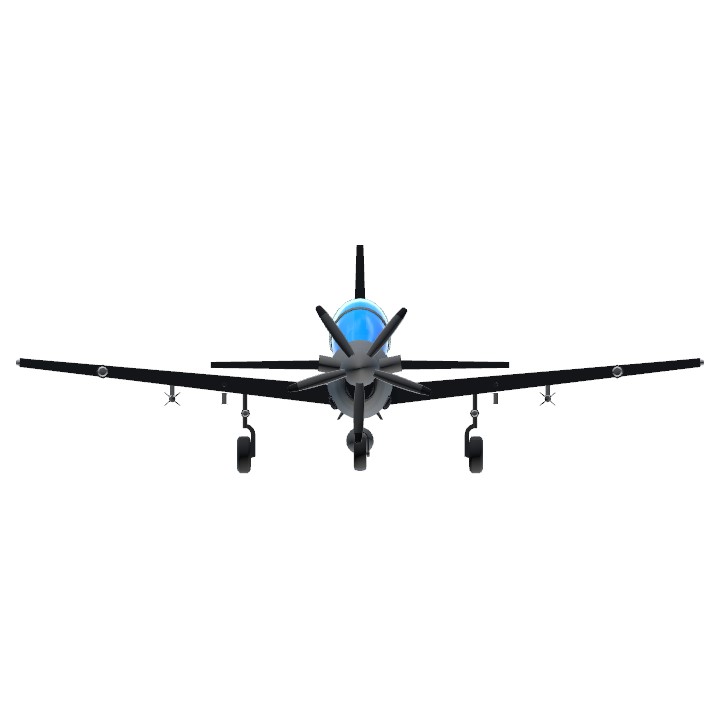During the mid-1980s, Embraer was working on the Short Tucano alongside a new version designated the EMB-312G1, carrying the same Garrett engine. The EMB-312G1 prototype flew for the first time in July 1986. However, the project was dropped because the Brazilian Air Force was not interested in it. Nonetheless, the lessons from recent combat use of the aircraft in Peru and Venezuela led Embraer to keep up the studies. Besides a trainer, it researched a helicopter attack version designated "helicopter killer" or EMB-312H. The study was stimulated by the unsuccessful bid for the US military Joint Primary Aircraft Training System program. A proof-of-concept prototype flew for the first time in September 1991. The aircraft features a 1.37 m (4.5 ft) fuselage extension with the addition of sections before and after of the cockpit to restore its center of gravity and stability, a strengthened airframe, cockpit pressurization, and stretched nose to house the more powerful PT6A-67R (1,424 shp or 1,062 kW) engine. Two new prototypes with the PT6A-68A (1,250 shp or 930 kW) engine were built in 1993. The second prototype flew for the first time in May 1993 and the third prototype flew in October 1993. The request for a light attack aircraft was part of the Brazilian government's Amazon Surveillance System project. This aircraft would fly with the R-99A and R-99B aircraft then in service and be used to intercept illegal aircraft flights and patrol Brazil's borders. The ALX project was then created by the Brazilian Air Force, which was also in need of a military trainer to replace the Embraer EMB 326GB Xavante. The new aircraft was to be suited to the Amazon region (high temperature, moisture, and precipitation; low military threat). The ALX was then specified as a turboprop engine plane with a long range and autonomy, able to operate night and day, in any meteorological conditions, and able to land on short airfields lacking infrastructure.
Specifications
General Characteristics
- Predecessor Embraer EMB-314 Super Tucano (EDA)
- Created On iOS
- Wingspan 50.9ft (15.5m)
- Length 53.4ft (16.3m)
- Height 16.8ft (5.1m)
- Empty Weight 9,584lbs (4,347kg)
- Loaded Weight 15,010lbs (6,808kg)
Performance
- Horse Power/Weight Ratio 0.099
- Wing Loading 26.2lbs/ft2 (128.1kg/m2)
- Wing Area 572.1ft2 (53.2m2)
- Drag Points 3953
Parts
- Number of Parts 95
- Control Surfaces 7
- Performance Cost 521





